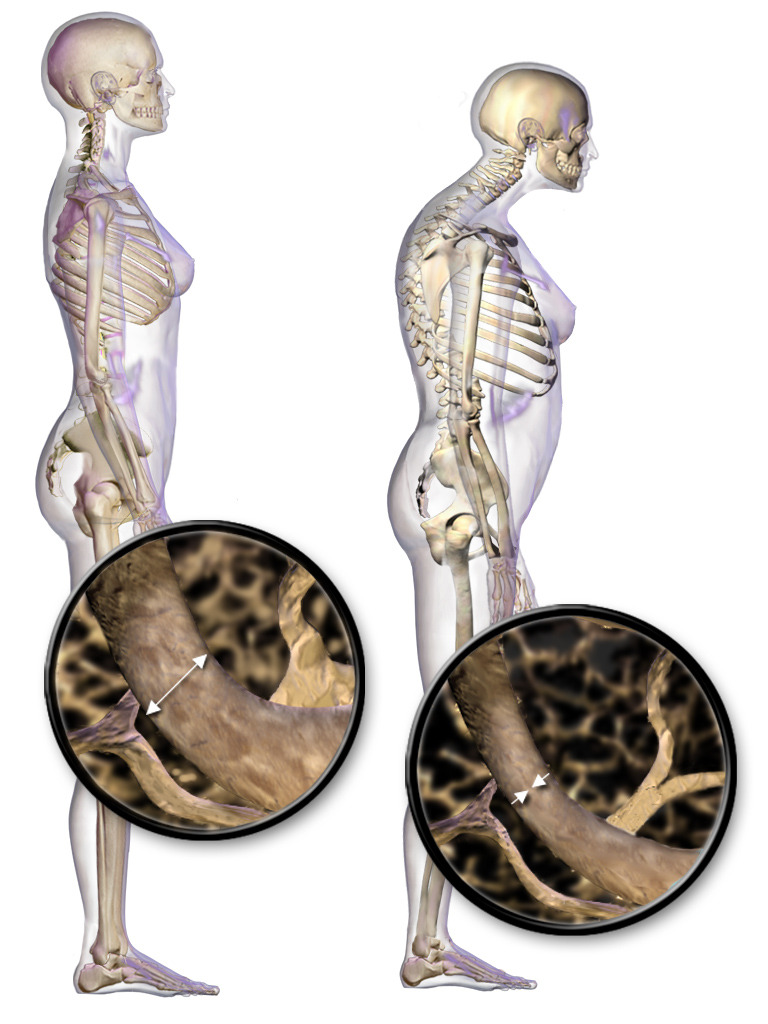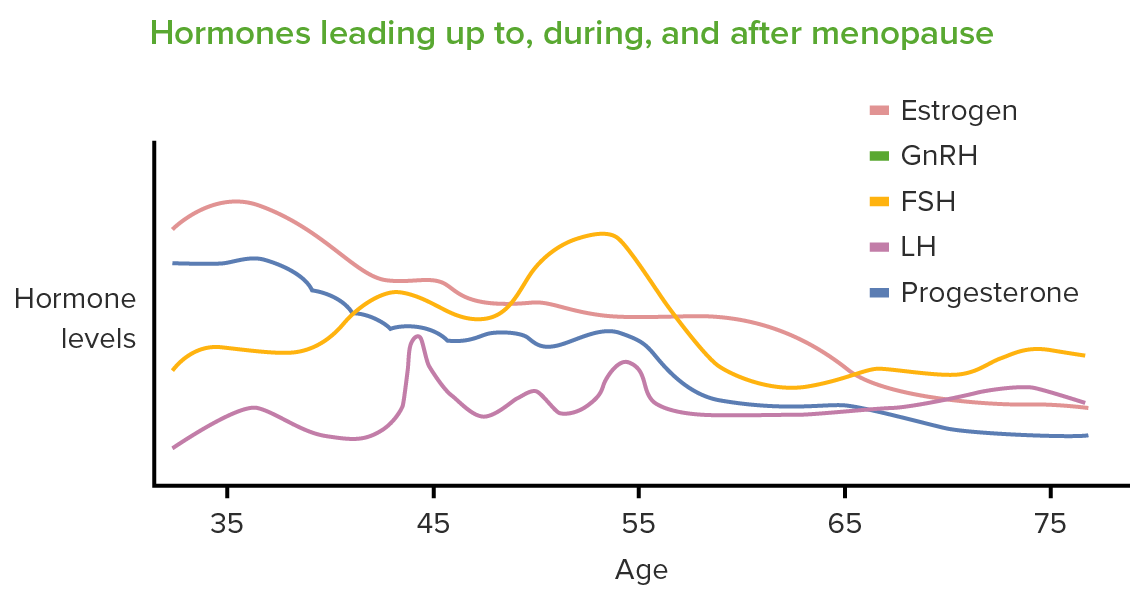Playlist
Show Playlist
Hide Playlist
DEXA and Secondary Osteoporosis
-
Slides Osteoporosis Menopause.pdf
-
Download Lecture Overview
00:01 Let's now review how you would interpret a DEXA score. 00:05 So there are two types of score. First, let's review the T Score. 00:09 This essentially means the standard deviations between the patient and the average peak young adult bone mass. 00:16 The more negative is, the greater the risk of fracture. 00:20 The Z Score however is standard deviations between the patient and the average bone mass for the same sex, age, and weight. 00:29 The Z score that's lower than negative 2.0 requires evaluation for secondary osteoporosis which we'll discuss in just a minute. 00:39 Now, I'd like to discuss the FRAX score. 00:42 This is a WHO Fracture Risk Assessment Tool. 00:46 The FRAX questionnaire includes factors such as age, sex, weight, height, previous fractures, parental fractured hip, current smoking, the use of glucocorticoids, rheumatoid arthritis, secondary osteoporosis, alcohol intake, and femoral neck bone mineral density. 01:10 Let's now go over some of the alterative imaging modalities. 01:14 We can do a whole body DEXA, a quantitative CT, or an ultrasound of the calcaneus. 01:22 However, I doubt there'll be questions on your exam regarding these modalities. 01:26 Let's now review screening for secondary osteoporosis. 01:32 Some of the causes include primary hyperparathyroidism, secondary hyperparathyroidism with chronic renal failure or kidney failure, you also can find that multiple myeloma, leukemia, or lymphoma are responsible for secondary osteoporosis. 01:50 Hyperthyroidism, remember in our other lectures we've discussed this and excessive amount of thyroid hormone. 01:58 Let's now talk about the biochemical markers for bone turnover. 02:04 These markers occur in response to repair, fatigue, damage, and micro fractures in the bone. These biochemical markers actually include serum C-telopeptide, sometimes abbreviated as CTX, and urinary NTX or N-telopeptide. 02:23 Formation of these markers are actually bone specific and you can also test alkaline phosphatase and osteocalcin. 02:32 Let's now discuss the role of biochemical markers in bone turnover. 02:37 They actually indicate bone formation or bone resorption, they cannot diagnose osteoporosis, but they can aid in our fracture risk prediction independent of the bone mineral density, and they can indicate within months of initiation of therapy if it appears to be working. When should the bone markers actually be sent? Patients who have borderline criteria actually should have bone turnover markers as well as a BMD. Patients who are starting to initiate pharmacologic therapy, again the bone turnover markers are helpful. 03:13 Bone turnover markers are also important patients being monitored for their response of treatment or their compliance with treatment. 03:21 Remember not all patients will be taking the drugs that you actually prescribe. 03:25 And it's also important to send bone turnover markers in patients with difficult to interpret bone mineral densities. 03:33 Again, remember that bone turnover markers may not be covered by insurance and the patients may be build. 03:40 It's just something to remember but I doubt it will be on your exam.
About the Lecture
The lecture DEXA and Secondary Osteoporosis by Lynae Brayboy, MD is from the course Menopause. It contains the following chapters:
- DEXA Interpretation Simplified
- Screening for Secondary Osteoporosis
Included Quiz Questions
Which of the following scores represents the standard deviation between the patient's score and the average peak young adult bone mass?
- T score
- Z score
- FRAX score
- WHO score
- NIH score
Which of the following is NOT a part of the FRAX questionnaire (WHO fracture risk assessment tool)?
- Biochemical marker of bone resorption
- Age
- History of previous fractures
- Smoking
- Alcohol
Which of the following is an example of a biochemical marker for bone remodeling?
- Serum C-telopeptide
- Bone-specific alkaline phosphatase
- Osteocalcin
- Alpha-fetoprotein
- Placental alkaline phosphatase
Customer reviews
5,0 of 5 stars
| 5 Stars |
|
5 |
| 4 Stars |
|
0 |
| 3 Stars |
|
0 |
| 2 Stars |
|
0 |
| 1 Star |
|
0 |





